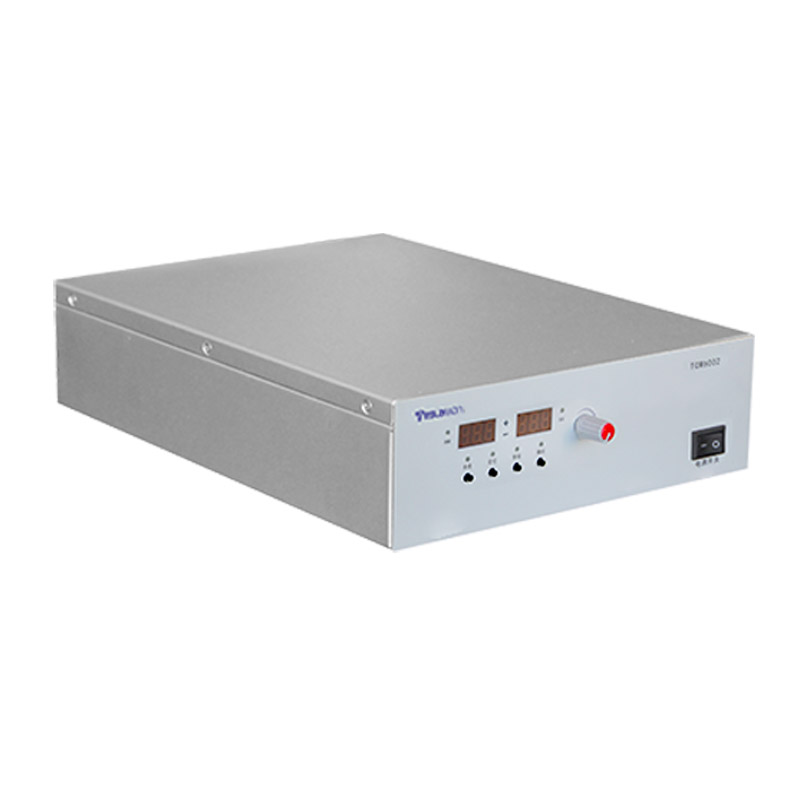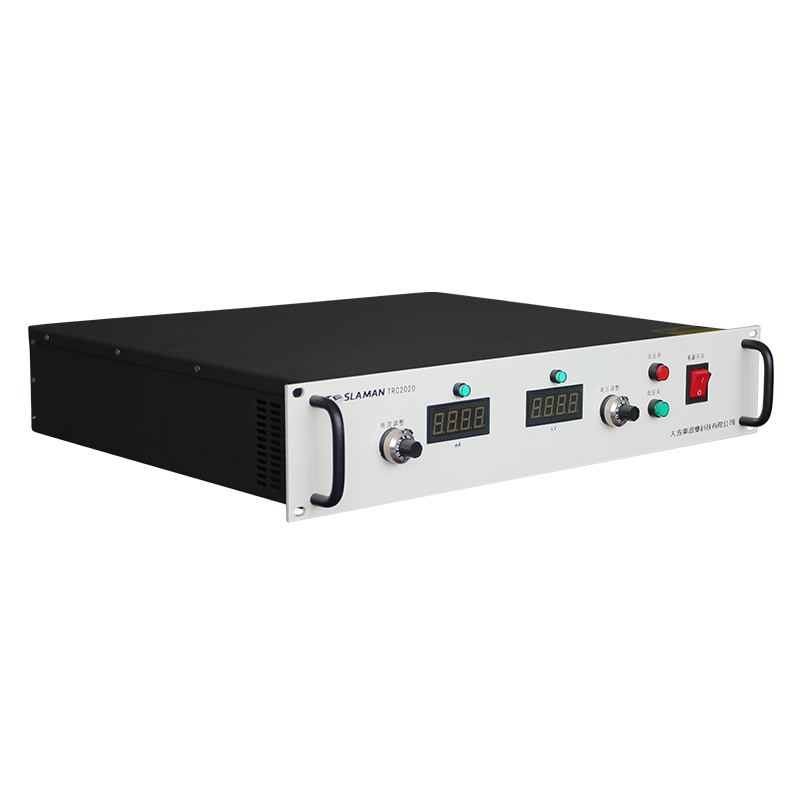The Ingenious Applications of Electrostatic Adsorption High Voltage Power Supplies: Principles, Applications and Innovative Technologies
Introduction
As a non-contact object fixation method, electrostatic adsorption technology has demonstrated unique application value in industrial production, scientific research and daily life in recent years. Its core component the high voltage power supply directly affects the adsorption performance and stability of the whole system. This article will thoroughly explore the working principles, typical application scenarios and latest technological advancements of electrostatic adsorption high voltage power supplies, providing professional reference for technical personnel in related fields.
1. Working Principles of Electrostatic Adsorption High Voltage Power Supplies
Electrostatic adsorption high voltage power supplies generate DC or pulsed high voltage ranging from several thousand to tens of thousands volts, creating a strong electrostatic field between electrodes and the adsorbed object. When dielectric materials are placed in this field, polarized charges are induced on their surfaces, producing powerful electrostatic adsorption force. Modern electrostatic adsorption systems typically employ adjustable high voltage power supplies with precisely controlled output voltage ranging from 1-100kV, while maintaining current at microampere to milliampere levels, ensuring both adsorption effectiveness and operational safety.
2. Innovative Applications in Industrial Manufacturing
2.1 Precision Electronic Component Assembly
In semiconductor and microelectronics manufacturing, electrostatic adsorption technology enables damage-free handling of miniature components. Specially designed array high voltage power supplies can generate uniform multi-point electric fields, avoiding surface damage caused by traditional mechanical clamping. Latest research shows that using pulsed high voltage power supplies can improve adsorption positioning accuracy to sub-micron level while significantly reducing energy consumption.
2.2 Ultra-thin Material Processing
For processing challenges of ultra-thin materials like graphene and flexible displays, electrostatic adsorption systems provide ideal solutions. By optimizing power supply waveform and frequency parameters, researchers have developed adaptive adsorption technology that can automatically adjust electric field intensity according to material thickness, effectively preventing material deformation or breakage.
2.3 Cleanroom Environment Applications
Compared with traditional vacuum adsorption, electrostatic adsorption doesn't generate airflow disturbance, making it particularly suitable for production environments requiring extreme cleanliness. New generation intelligent high voltage power supplies equipped with real-time monitoring can automatically compensate for adsorption force attenuation caused by environmental temperature and humidity changes, ensuring production process stability.
3. Breakthrough Applications in Scientific Research and Medical Fields
3.1 Biological Sample Fixation
In electron microscope sample preparation, electrostatic adsorption technology achieves non-destructive fixation of biological tissues. Application of high-frequency pulsed high voltage power supplies significantly reduces sample processing time while avoiding structural alterations caused by chemical fixatives, providing more authentic observation samples for life science research.
3.2 Smart Medical Devices
Innovative wearable medical devices utilize static electric fields generated by miniature high voltage power supplies to achieve reliable contact with skin, ensuring both signal acquisition quality and patient comfort. These power supplies typically employ special safety designs to ensure no harm to human body even at high voltages.
4. Future Technology Development Trends
4.1 Adaptive Control Technology
AI-based adaptive high voltage power supply systems can analyze the material, shape and surface characteristics of adsorbed objects in real time, automatically optimizing output parameters. Experimental data shows such intelligent systems can improve adsorption efficiency by over 40% while reducing energy consumption by about 30%.
4.2 Miniaturization and Integration
Breakthroughs in new semiconductor materials and packaging technologies have dramatically reduced the size of high voltage power supplies. Researchers have successfully developed flexible high voltage power modules with thickness less than 1mm, opening new avenues for foldable electronic device manufacturing.
4.3 Energy Recovery Technology
Cutting-edge research is exploring energy recovery solutions during electrostatic adsorption processes. Through special circuit design, systems can recover partial electrical energy when releasing objects, improving overall energy efficiency ratio by 15-20%. This technology is expected to find important applications in mobile robotics.
Conclusion
Electrostatic adsorption high voltage power supply technology is undergoing rapid development from single-function to intelligent and integrated directions. With continuous emergence of new materials and processes, this technology will undoubtedly demonstrate its unique advantages in more fields. Future research should focus on system reliability improvement, energy consumption optimization and standardization construction to promote its widespread application in the Industry 4.0 era.




















